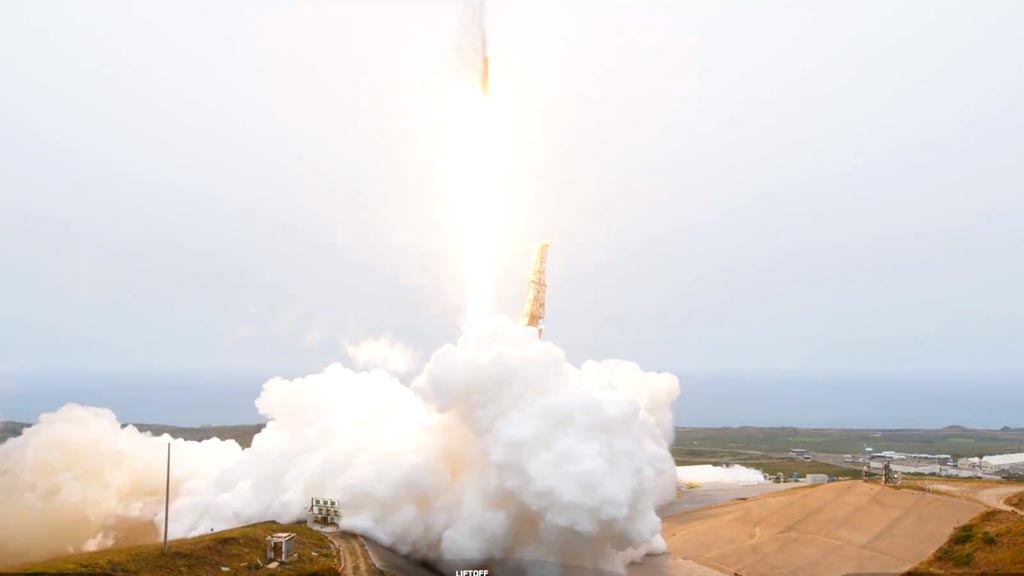SpaceX
SpaceX launches ESA EarthCARE satellite mission

SpaceX has launched a new Falcon 9 rocket with the European Space Agency (ESA) EarthCARE satellite to low-Earth. The satellite will provide new comprehensive details about cloud and aerosols effect on Earth’s climate.
The ESA team has been working for the past six weeks to prepare EarthCare for launch. This satellite is one of the most complex in ESA’s Earth Explorer missions. It will reveal how clouds and aerosols heat and cool the Earth’s atmosphere and improve the understanding of climate change.
Climate change has different aspects of a complex system including feedback loops and interactions with various components. It encompasses the process that controls energy distribution from the Sun across the Earth’s surface and the subsequent redistribution of heat through mechanisms.
EarthCare has four instruments, which help scientists to understand this mechanism. It can make different measurements that provide insights into interactions between clouds, aerosols, and radiation. These four instruments are:
- Atmospheric lidar
- Cloud Profiling radar
- Multispectral imager
- Broadband radiometer
SpaceX initiated EarthCARE mission liftoff from Space Launch Complex 4 East at Vandenberg Space Force Base in California.
Liftoff of @ESA_EO’s EarthCARE! pic.twitter.com/8vHR3Iy1AA
— SpaceX (@SpaceX) May 28, 2024
The stage separation was confirmed at about 2:24 minutes of the mission time. SpaceX used a shorter second-stage nozzle during this launch, which doesn’t require as much performance to get the payload to its final destination.
Stage separation confirmed pic.twitter.com/NtCpdre2te
— SpaceX (@SpaceX) May 28, 2024
After maneuvering back to Earth, the booster landed on Landing Zone 4 at Vandenberg Space Force Base. With this mission, the first stage completed its seventh flight.












